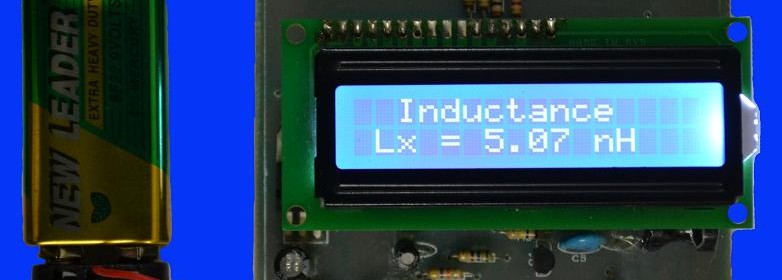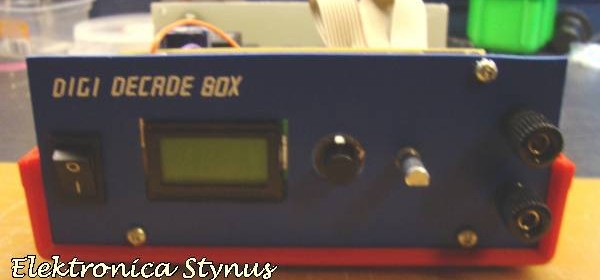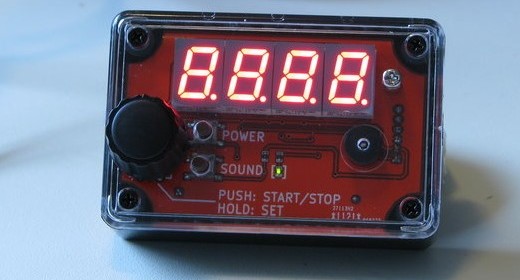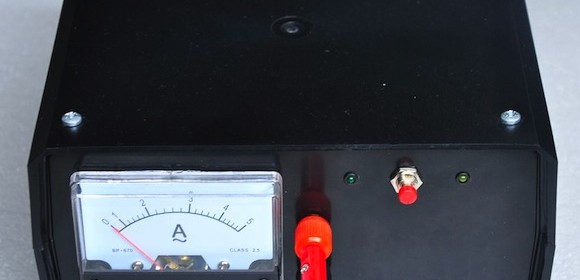DIY 2.1 channel audio amplifier

Dilshan Jayakody’s new project is a digitally-controlled 2.1 channel audio amplifier based on the TDA7377 AF power amplifier and PIC18F452 microcontroller. The amplifier provides 2 × 6W + 20W audio output power, ±14dB bass and treble controls, fully configurable +35dB bass booster for sub-woofer and satellite speakers and loudness switch.
Read more


